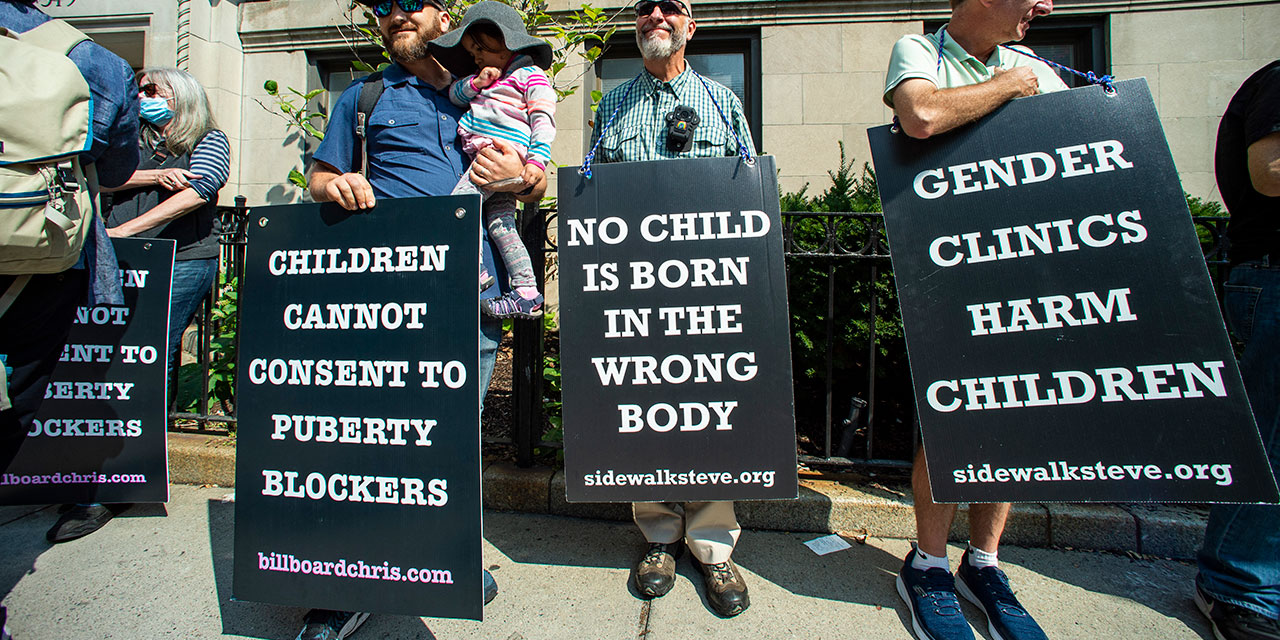When it comes to the cost of prescription drugs, the numbers are maddening. Just ten drugs account for nearly a quarter of Medicare’s spending on prescription medicines. Meantime, Americans pay more than double the amount, on a per capita basis, that citizens of many other wealthy nations pay for drugs. So President Joe Biden’s plan to negotiate with pharmaceutical companies on the prices for those ten drugs—and a few dozen more, eventually—might seem like common sense.
But this negotiation is neither ordinary nor reasonable. The sheer size of Medicare, which makes up most of the U.S. market for prescription drugs, means that the government is effectively acting as a monopsonist—that is, the sole buyer—and using that market power to put a price cap on drugs. These caps will produce short-term savings, but they may end up costing the government and consumers even more in the long run.
First, it’s not entirely true that U.S. retirees’ drug prices are not subject to negotiation. Most drugs get purchased as part of Medicare Part D, which covers prescription drugs. Part D is operated by private insurers, which negotiate prices with drug firms and make use of generics. And they do so effectively.
Yes, list prices for drugs have more than doubled over the past decade. But between 2014 and 2021, prices paid for prescription drugs by Medicare Part D, after accounting for generic substitutions, increased by just 13 percent—less than the rate of inflation over that period. Drug spending takes up only 12 percent of total health-care payments in the U.S., and American consumers spend only 0.4 percent of their total consumption on out-of-pocket prescription drug costs. Both these figures are far less than the OECD average. Meanwhile, the cost of hospital services rose 30 percent between 2014 and 2021. Believe it or not, the price of prescription drugs is not the biggest problem with U.S. health care.
Putting a price cap on drugs is extremely popular because their prices loom large in the public imagination, especially for many American retirees. The structure of health insurance also doesn’t help: while Medicare beneficiaries have to pay for only 3 percent of much more expensive (but irregular) hospital stays, they’re on the hook for 18 percent of their drug costs. In 2015, adults aged 25 to 34 filled an average of four prescriptions yearly, while those aged 65 to 74 filled 26.
Drugs are a relatively large and regular expense for elderly Americans on a fixed income. Their outsize spending on these medicines—especially if they have a chronic condition—helps explain why per capita drug spending in the U.S. is so high. These Americans do need relief.
Capping drug prices, however, may only increase costs for everyone over time, as the price ceiling will likely reduce innovation in the pharmaceutical industry. Odds are that the government will not stop at the few dozen drugs it currently has in its sights. Any pricey and popular drug could be a target for negotiation. The U.S. system may eventually look like those in many European countries, where some governments run single-payer systems, dictate the prices of drugs, and regularly publish price lists.
Developing drugs is both expensive and risky. For every drug that makes it to market, many others don’t. In that sense, the relatively high price of drugs in the U.S. is subsidizing the development of medicines that other countries get for cheap. The Congressional Budget Office estimates that “negotiating” prices will mean less innovation and fewer life-saving drugs. Eventually, that could raise health-care costs, because prescription drugs reduce the likelihood of more expensive hospital stays.
I am not suggesting that the way Medicare currently pays for drugs is ideal. Nor am I arguing against the need to reduce out-of-pocket expenses for cash-strapped seniors. But the Inflation Reduction Act already has provisions to ameliorate such expenses on prescription drugs through better cost-sharing, which reduces the amount an individual must pay each year. Instead of interfering with drug pricing, maybe the administration should concentrate on making sure cost-sharing works as intended.
Photo by Win McNamee/Getty Images





